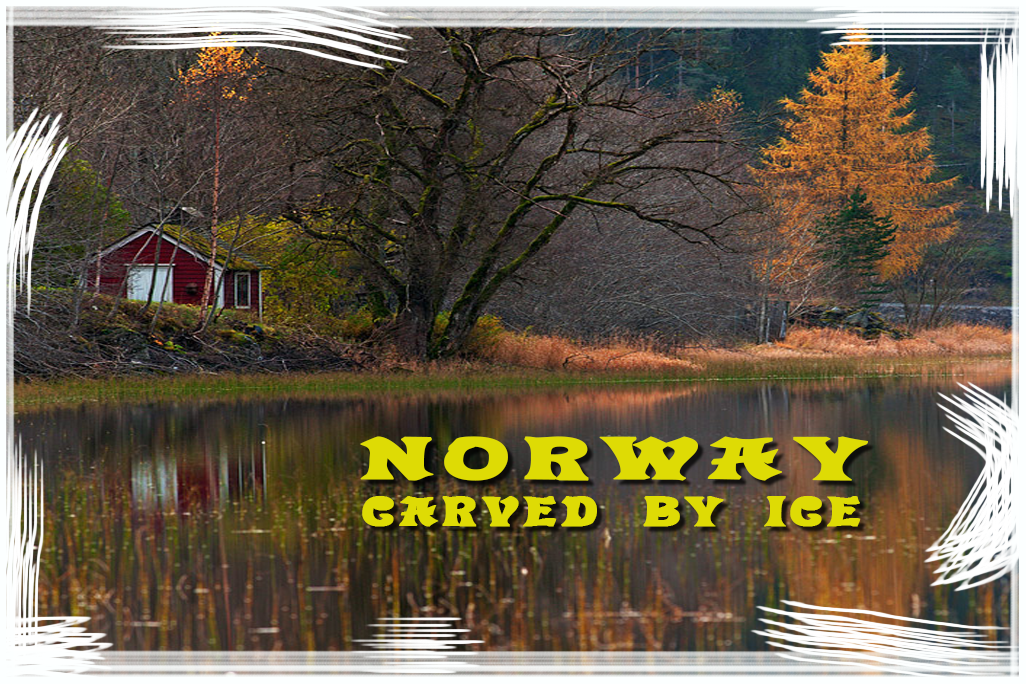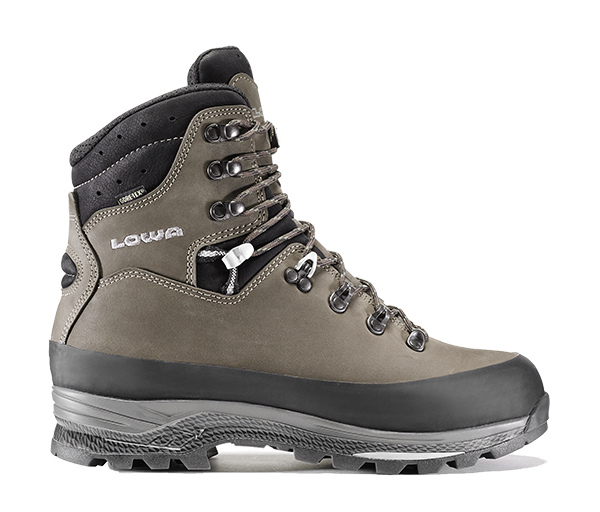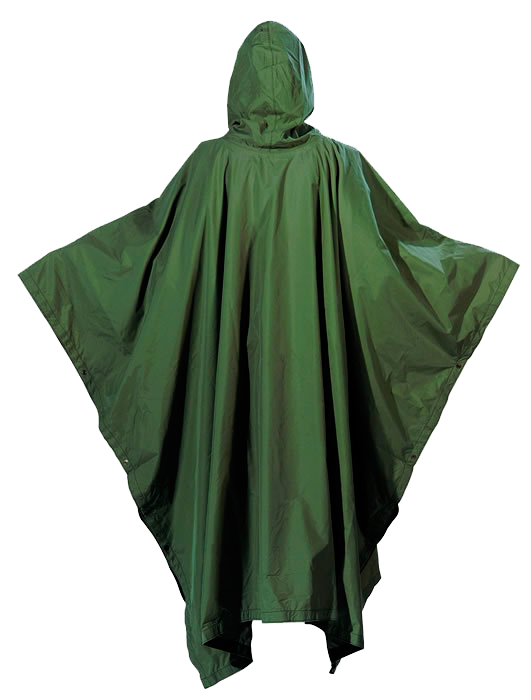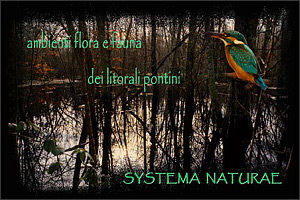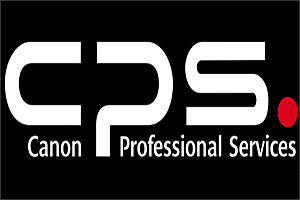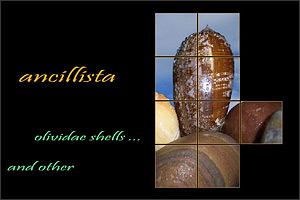 |
According to the World Happiness Report 2017, Norway has been awarded the title of "happiest country" in the world, based on criteria such as freedom, honesty, well-being, good health and generosity. And who has had the good fortune to visit this country at least once will have realized that things are indeed so. In addition to services from another world, the rough but reassuring beauty of Norwegian nature certainly contributes to this statistic. Everything here seems calm and muffled: a few noises, ample spaces, mysterious woods, lakes set in the landscape in impossible ways, snow, even moss often, sometimes, even more than a meter that silences our steps: everything here seems to tend to stillness and tranquility. If we were to look for an adjective here we could find it in something like slow-travel. And it is easy to adapt to this slow trend.
If we get carried away, all this will also lead us to be calmer and more reflective than usual as we compose our photographs.
What is most striking in Norway when you cross it is the omnipresence of water. In all forms: waterfalls, fjords, sea, snow, rain, lakes. It is everywhere: and it is in motion. Our landscape images here can not ignore this. But there will also be the opportunity to photograph many animals: from large mammals such as seals, deer, reindeer, elk, and for the lucky ones, the musk-ox. But also a minor fauna and an omnipresent birds fauna with sea eagles, hawks, buzzards and sea birds of all kinds.
And then let's not forget what is, perhaps, one of the main reasons for visiting Norway: The Northern Lights, the Aurora Borealis, a show that I think everyone, at least once in their lives, should admire. |
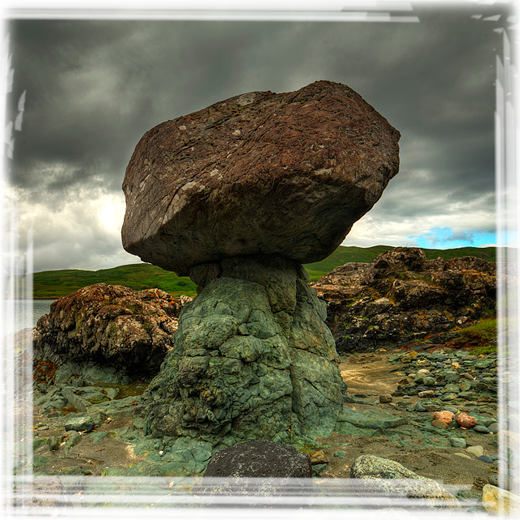 |
 |
The tour will take place in the South East, that wide area that is located at west of Oslo to the sea and that reaches, in latitude, about a third of the country. The areas visited will be essentially two: The one of Telemark park and the one of Hargandervidda plateau with the homonymous fjord, one of the largest in the country. There will also be a visit to the capital before returning.
|
 |
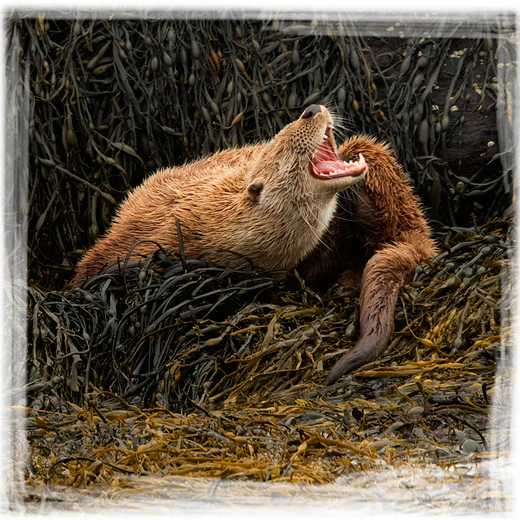 |
As already mentioned, the ubiquitous element in Norway that we will have to deal with in our photo sessions is water.
Most of the time, wherever we will aim, we will have water in some form, in the frame. So these places lend themselves well to motion blur photography. But we will also find quiet lakes immersed in the fog, immense spaces on the plateaus, rocks precipitous and fantastic in the fjords.
In addition we will have a very varied fauna with species sometimes easy to photograph sometimes more difficult to surprise. Among the large mammals we will certainly photograph the seals, the reindeer and the deer, while it will be more difficult to catch some elk or musk-ox. The avifauna is widespread with many seabirds and other more difficult as eagles.
Not to be underestimated, then, the architecture of the typical Norwegian constructions or the beauty of some seaside villages. |
 |
|
 |
 |
| The region of Norway intrested by our visit is the southern region and, more precisely, that area extending west from Oslo to the west coast. At the center of this area there are two very particular environments, which correspond to two Norwegian national parks: the Telemark, famous for cross-country skiing and the Hargandenvidda a bare and snow-covered plateau. The coastal area is dotted with fjords of all sizes and indeed here are the fjords, and some iconic, larger and more beautiful environments in the whole of Norway. |

|
|
 |
 |
The climate in Norway
Contrary to what one might suppose, the climate of most of Norway, especially the one facing the Atlantic, is extraordinarily mild if we consider the latitude and compare it to areas that are in the same geographical position as other continents. This obviously happens thanks to the Gulf Stream which blows from the south / west, heating all northern Europe and therefore also Norway.
The average annual temperatures of the coasts range from about + 7 ° / + 8 ° C in the city of Stavanger to + 3 ° / + 4 ° C in Trondheim, up to + 2 ° / + 3 ° C in Vadsø, decreasing to the north. After all, this "meekness" determines strong thermal contrasts from which violent waves of bad weather arise. The Depression of Iceland often goes right towards Scandinavia, when the Anticyclone of the Azores occupies the Mediterranean and the central / southern Europe: in these situations real storms hit Norway with heavy rains and impetuous winds, especially between August and November but often also in spring.
The maximum temperature in Oslo is 22 degrees Celsius, and is reached during the month of July, while the minimum temperature is -7 degrees Celsius, and is reached during the months of January February.
The hours of sunshine a day have their minimum during the months of January November December, with 1 hour, and reach the maximum in the months of May June, with 8 hours. The rainiest period of the year is during the months of July August, with 11 days of rain, and instead the less rainy period is identified in March, with 6 days of rain.
|
|

|

|
|
Climate and photography
We will not find particularly stiff temperatures at least during the day. We will not have much dust either. What we will find in abundance will be water in all its forms. In particular we will have to defend from:
Steam - especially in geysers and geothermal areas
Condensation - especially at night and in dawns
Sprayed water - will be everywhere on the thousands of waterfalls that we will see on the beaches.
Because of this, it is absolutely necessary to have a plastic cover to protect the equipment in the operational phases as specified in the section on the equipment.
|
In theory the climate in this part of Norway and in this period should not be very cold, even to winter is caming.
In practice, we are riding the 64th parallel north and in a place where the winds make it master. So the clothing will have to be something winter and heavy.
We will also be taking photos in the early hours of dawn that are the coolest ever.
The secret of a clothing suitable for rigid climates is to dress overlapping layers (so to say "onion").
Some advice on clothing analytically:
Inner T-shirts
Do not put in contact with the skin cotton t-shirts:
That's the worst thing we can do. In fact they are soaked with sweat and then freeze on.
It is necessary to use internal thermal t-shirts that allow to breathe the skin and protect it from the cold.
There is thermal clothing of all kinds: t-shirts, trousers, leotards, socks, gloves etc.
This kind of garment is available at Decathlon and specialized stores.
Leotards
Very recommendable for the coldest hours. They sell them with thermal, but they also go well with classic woolen ones.
Sweaters
The most insulating ones are those of Pile. The ideal would have a couple of different heights.
Balaclava
Very useful I would say almost fundamental. Those fleeing are hot. Otherwise, thermal ones.
Neck warmers
Very useful because it seals the space between the bust and neck that is always a critical point
K way
An element that must not be missed is a K-Way or a light raincoat.
Iceland is a place of water and there will be a great deal of water vaporized by waterfalls and rain.
So you will need to protect yourself well.
Glasses
Use sunglasses to reverberate in the snow. It is also advisable to wear a completely transparent type of sunglasses to protect the eyes from the wind.
Umbrella
We recommend a small folding umbrella. |
|
 |
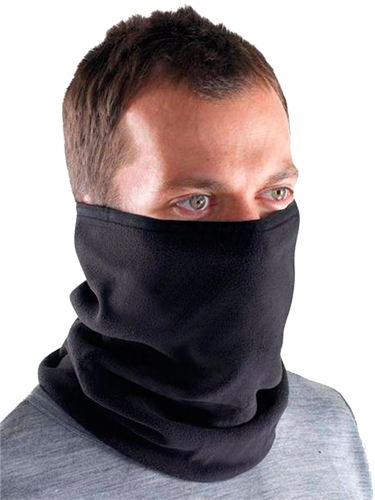 |
| K-way |
Scaldacollo |
| Scarponcini impermeabili |
Poncho |

|
|
 |

| STATO DELLE PRENOTAZIONI |
| P1 |
guide |
P4 |
free |
P7 |
free |
|
|
| P2 |
sold |
P5 |
free |
P8 |
free |
|
|
| P3 |
free |
P6 |
free |
P9 |
free |
|
|
|

Voluntary drivers
As a mini van will be rent for travel, we will need to indicate a second driver in addition to the driver of Adventure Photo Tour. The participant who will propose for this task will receive a discount of € 150 on the cost of travel. Presumably he will never have to drive but for any eventuality he will have to give his availability after signing a declaration. The guide in Iceland does not present particular difficulties because the spaces are immense and the cars are few. A bit of effort is required only in any off-road. |
|

Healt Insurance & Release
It is strongly recommended to stipulate a health insurance valid for the country in which you go. This regardless of the type or difficulty of the trip. Participants can take out their own insurance or take advantage of the insurance plan proposed by Adventure. The cost of the insurance is not included in the cost of the tour.
All participants will be subjected to a (compulsory) release that releases the organization from health responsibilities.
|
|
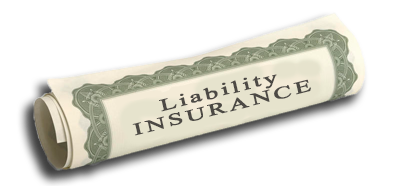
Civil and Penal Liability Insurance
For each of the participants of the Adventure Photo Tour, a Civil and Penal Responsibility Insurance is stipulated, the details of which are indicated in the appropriate form accessible from the button below.
|
|
|

|
 |
| Norway extends from the 58 ° to the 71 ° parallel, thus far beyond the Arctic Circle. The result is an arctic type of climate with even extreme temperatures. In reality there is a marked difference between the internal areas, which can reach temperatures even -50 °, and the coast much, much milder, where temperatures rarely fall below zero even in winter. This occurs due to the positive influence of the northernmost arm of the warm Gulf Stream, which here becomes precisely the Norwegian Current, which mitigates the cold. This almost on the whole coast. Summers are quite pleasant with temperatures ranging from 10 ° to 20 °. But the area intrested by the Tour, below the 62 ° parallel, is the wettest in all of Norway. This means that we will have to use, for our equipment, all the tricks useful to limit the water. It is obvious that a tropicalized car body will leave us much quieter than an entry level commercial that we will do well, therefore, to protect for example with a plastic cover. Below is a list of the recommended equipment. |
 |
|
 |
main camera body |
 |
secondary camera body |
 |
wide lens like 16-35 mm or 24-70 mm (landscape) |
 |
tele lens zoom like 70-200 mm or 24-105 mm (landscape details) |
 |
telelens 300 mm + teleconverter 1,5 x (animals and details) |
 |
tripod |
 |
remote camera controller |
 |
strobo |
 |
ND and polarizer filters |
 |
batteries in advance |
|
|
 |
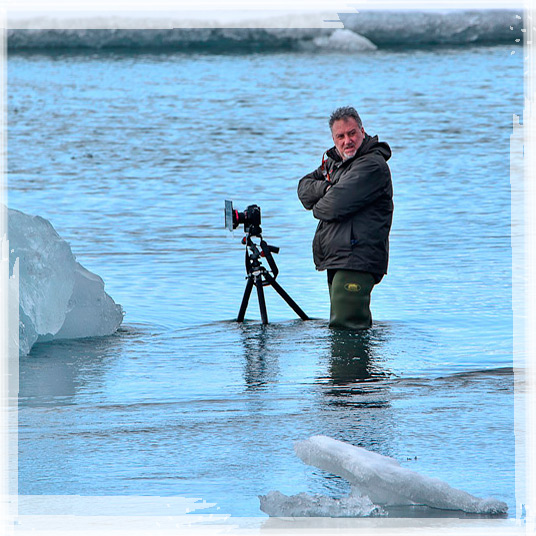
|
|

|
You will be accompanied on this tour by Alberto B. Scalia.
Alberto has a remarkable experience in the countries of northern Europe he has known for many years and he loves absolutely.
He has been a naturalist photographer for many years, has shot the world in search of exclusive landscapes and animals, building an enviable background of enlightenment.
Teacher in naturalistic photography in Latina, engaged in teaching naturalistic themes in schools of all levels, publics and private. Administrator in the organization and curating of international and national events such as exhibitions, photo competitions and cultural events, says about photography: "What the photographer has to have is passion in the experimentation. You should not be afraid to explore different or complicated roads. What pleases me more a beautiful photo taken is to convey the passion I put in that shot to a student who tomorrow will do likewise with someone else. " |
|
|
| |
* Important notice- disclaimer
|
| * |
The itineraries, costs and details of the Photo Tour will be subject to variations for all the causes that are independent of the organization's will, such as natural disasters and consequent flight displacement, variation of rates and taxes, modification of the tour plan etc.
Any variation will however be communicated as soon as possible to the participants. |
| * |
The Photo Tour will subjet to variationsin regardless to the commercial policies of Air Companies and Rental operators.
Every change will be communicated to partecipants with adequate advance. |
| |
|

|
|

























